Update: The version of this article that was included in the Issue 14 print edition, provided an incomplete estimate of the court cost that did not include additional costs for court construction. The version of the article displayed here on the web contains information that accounts for that difference.
It has held witness to numerous NWC Championships, NCAA tournament games and even a D3Hoops.com NCAA DIII National Player of the Year, but after more than 30 years of use, it was ready to be replaced. The game court in the Fieldhouse has been the setting for men’s and women’s basketball games, as well as volleyball games, and is in the process of being replaced by a new, redesigned court.
“The people that come in and refinish the court each year have a feel for the life expectancy of it and how it’s deteriorating over time,” head men’s basketball coach Matt Logie said. “I think as time progressed, they made it known to us that we could continue to refinish and it would continue to be workable, but it was kind of on its last legs.”
The remodel project is being funded from money from the previous fiscal year and was not affected by the budget deficit associated with the current fiscal year.
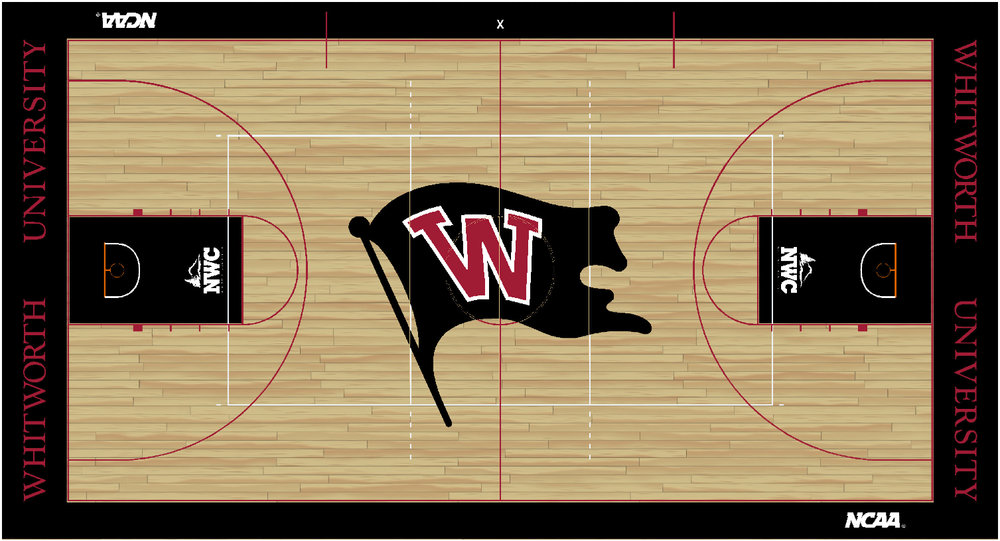
“This actually came out of last year’s budget, so it was already in the books before the major budget cuts came this fall,” athletics facilities manager Joe VanHoomissen said. “It was proposed in the middle of last year and finalized over the summer.”
The project cost for the court including paint/design and ramps on the ends of the court edges ended up turning out to be $100,600. Despite the fact that the total project cost is yet to be finalized because the work is currently in progress, the university is budgeting $193,000 to account for additional demolition and surrounding construction.
The court has been in the same spot in the Fieldhouse without being moved for quite some time. The court used to be removed periodically for other events in the Fieldhouse, but that process resulted in increased wear and tear on the court, and a decision to leave the court in place was agreed upon.
“Taking apart the court now, you can look at the profile of the wood and it’s almost down to the joints where the panels of wood join together,” VanHoomissen said. “They are almost sanded to that point of breaking.”
The refinishing process involves sanding off what remains of the finish and logo paint. Then, new coats of paint are applied and a few coats of sealer are added to finish the process. That process takes a toll on the lifespan of the court.
“We weren’t sure if it was going to come apart in a fashion that it could be put back together,” interim athletic director Melinda Larson said. “It had been sanded and varnished so many times we thought maybe the varnish, the adhesive, was in the joints and it would break.”
The new court will be permanently fixed, as opposed to the previous portable court.
The main contractor assigned to the court construction itself is a local company, Northern Hardwood, based in Deer Park. It is most known for construction of the Gonzaga basketball court. Northern Hardwood is also the representative for Connor Sports Flooring in the greater Northwestern United States. Connor Sports Flooring provides all the NCAA men’s and women’s Final Four floors.
“Basketball coaches went up to their warehouse, bounced balls, jumped up and down on the different types of floors. They talked about what kind of floor Montana has, what kind of floor Gonzaga has,” Larson said. “We made sure to get a high-quality court, but it isn’t the Cadillac version. It’s not the Moped version either.”
The new court will be slightly larger as well, with dimensions of 70 feet by 120 feet, as opposed to the old court dimensions of 60 feet by 110 feet, and will extend to the bleachers. In addition to all-black sidelines and red lines on the court, the flag emblem on the court will be about 30 percent larger.
“The court was bought in the early 1980s from UPS and so it was on its last legs but certainly had a lot of great memories on it,” Logie said. “I know volleyball and men’s and women’s basketball will really benefit from the new surface with kind of a fresh start.”
Head volleyball coach Kati Bodecker told the project team that she wanted to ensure that the team would have access to two practice courts going at one time. The idea is to have one net spanning the length of one half of the court and another spanning the other half of the court.
Sophomore Nicole Leonard said that the system that prompted Bodecker’s suggestion included women practicing on the court and behind the bleachers, which created problems.
“Some girls would have to go behind the bleachers into that other court area where there is cement and then it was really difficult for the coaches to coach both sides,” Leonard said. “It was really confusing and really terrible, but having two courts side-by-side will be extremely helpful.”
In addition, the new court is likely to provide health benefits for athletes.
“As courts get older they lose some of their bounce or support, and that can take a toll on knees and ankles and things like that. Having a new, fresh surface will be a good thing from an injury prevention standpoint too,” Logie said.
Sophomore guard George Valle is excited not only for the increased stability and lack of wear the new court will have on his body, but also on the impression it creates for prospective students.
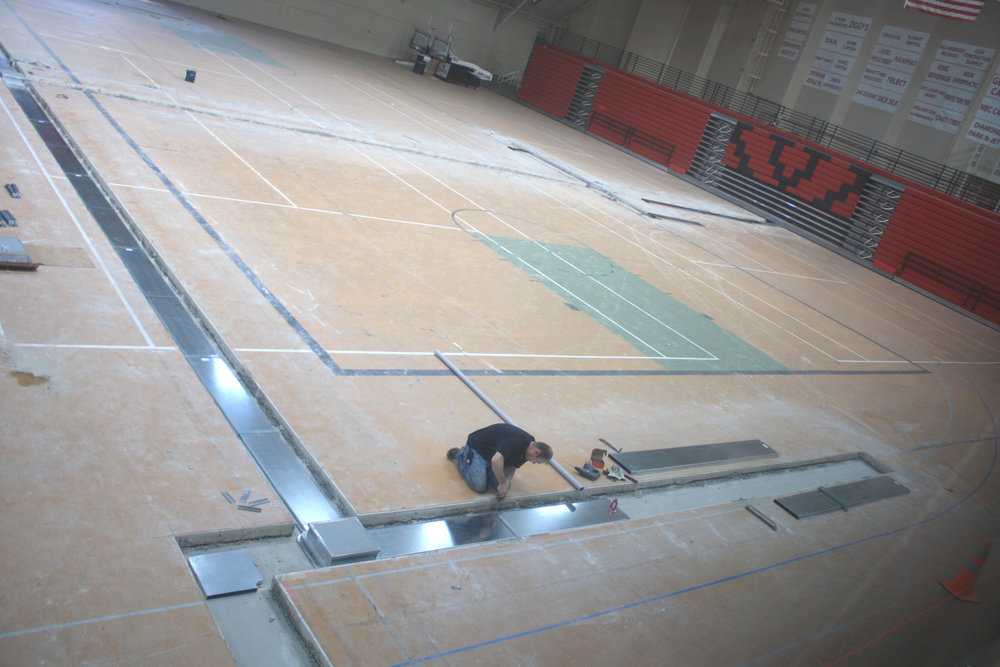
“Definitely, it’s something we’ll say to recruits, like ‘Hey we got a brand new court coming,’” Valle said. “It’s kind of just nice to get anything that’s going to be new.”
The project is estimated to be completed by June 5 and will be ready for play for the basketball and volleyball seasons next fall.
“Overall, it’s going to be a huge upgrade for the basketball and volleyball teams playing on it, as well as for game management and recruiting, it’s a huge one, it’s a draw. It’ll be pretty cool,” VanHoomissen said.

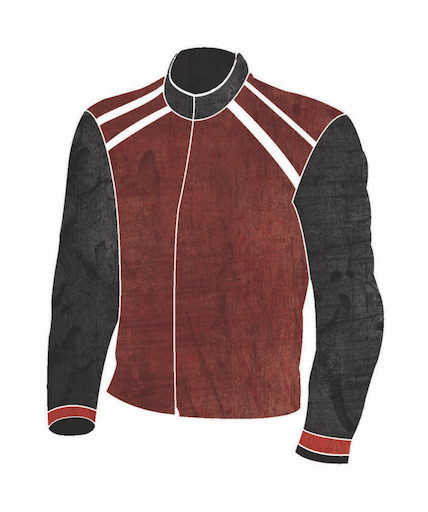
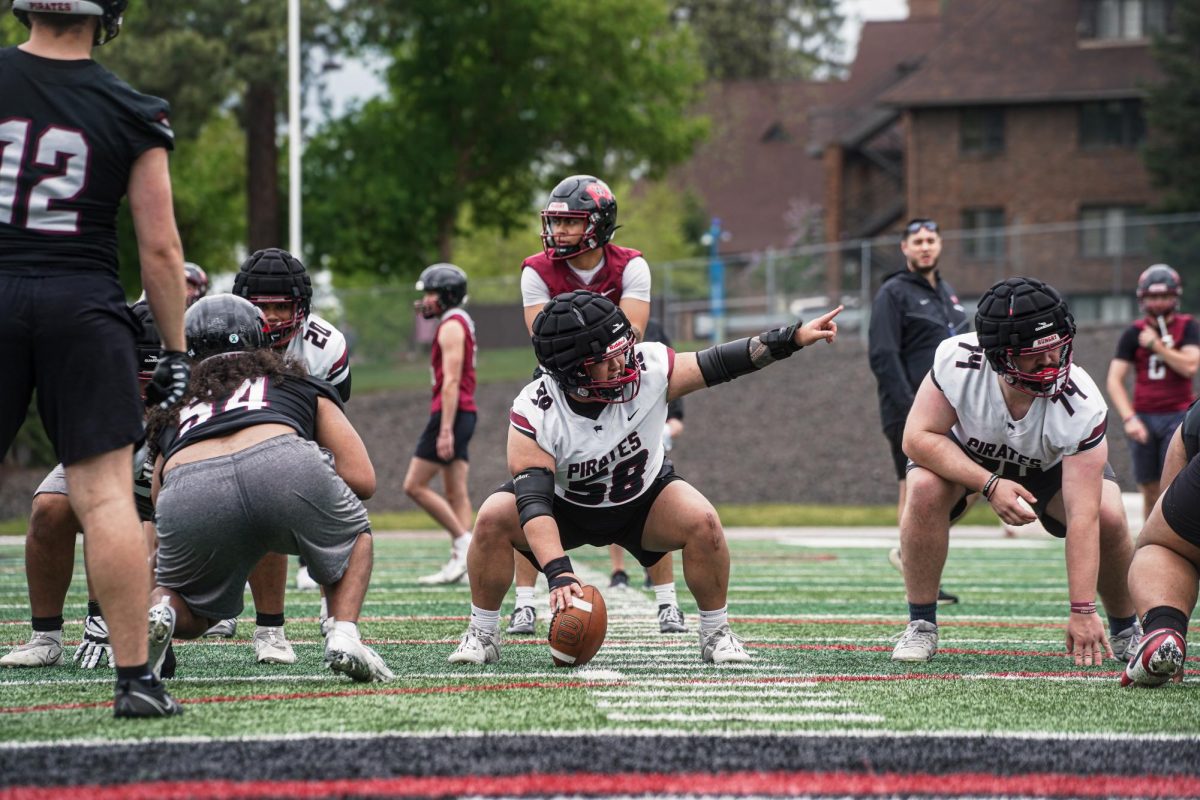
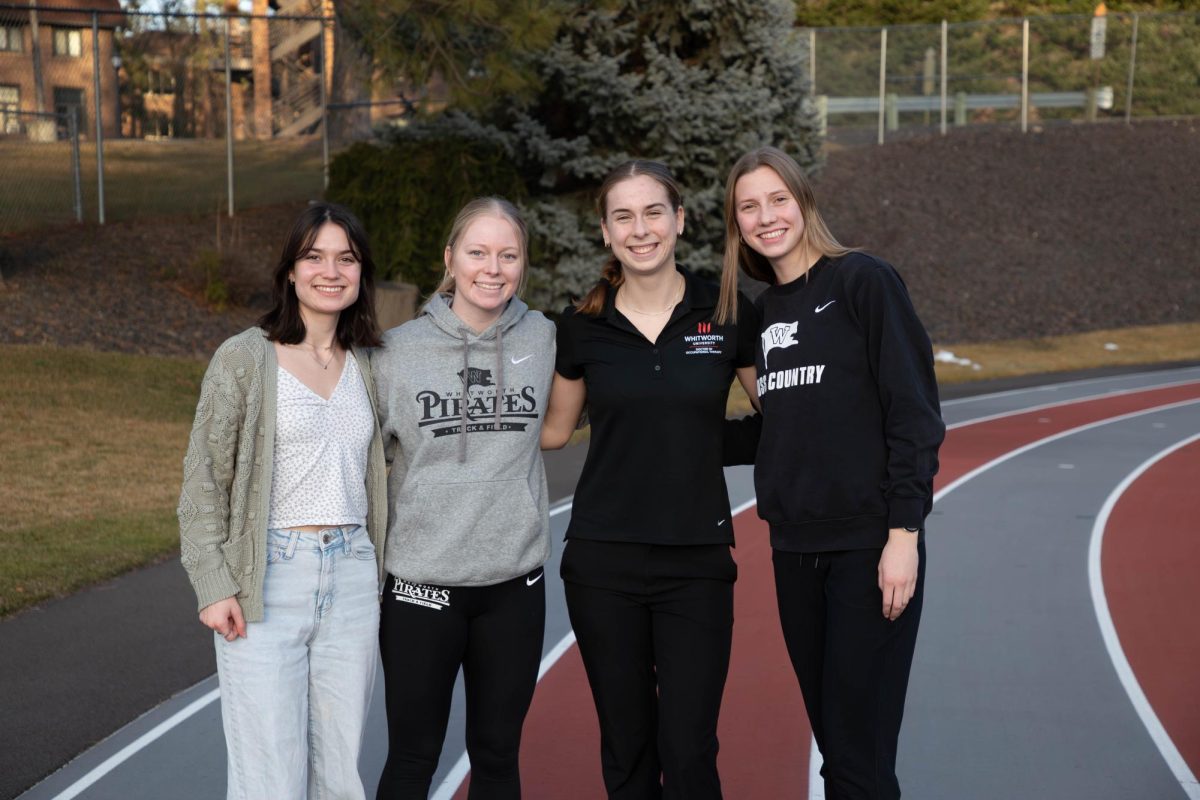
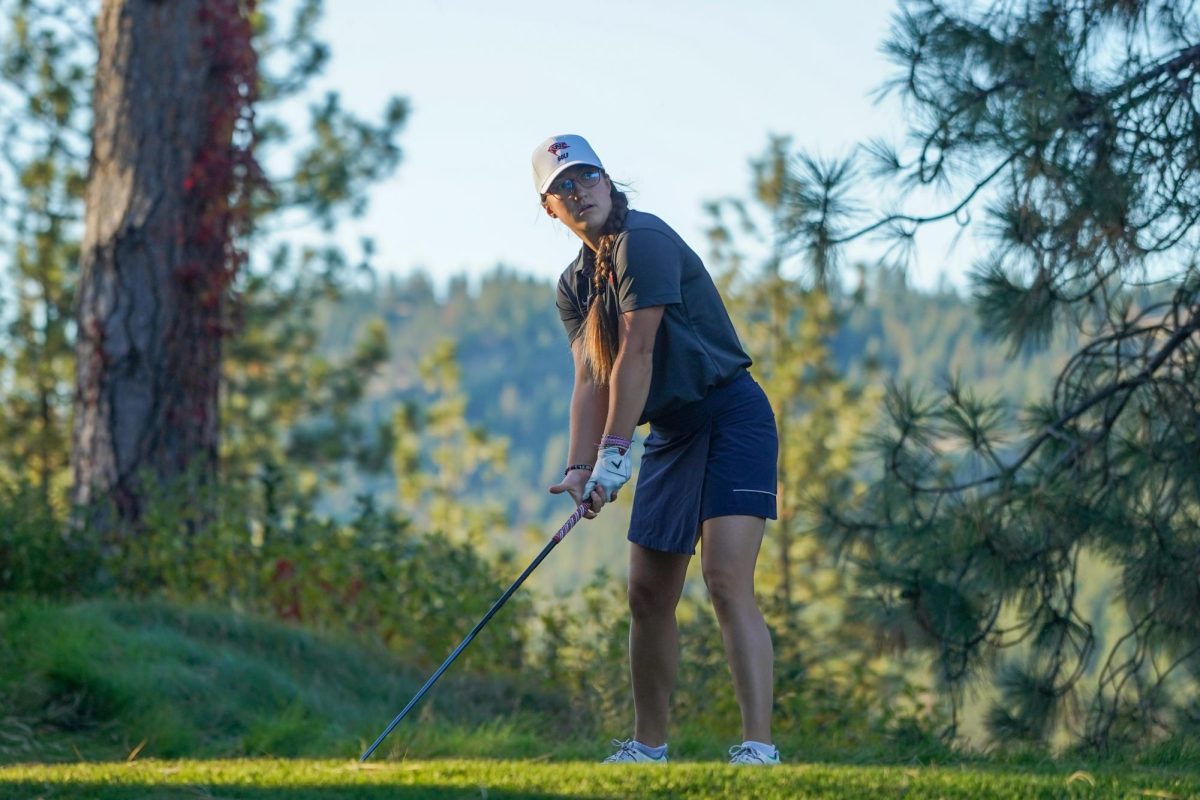

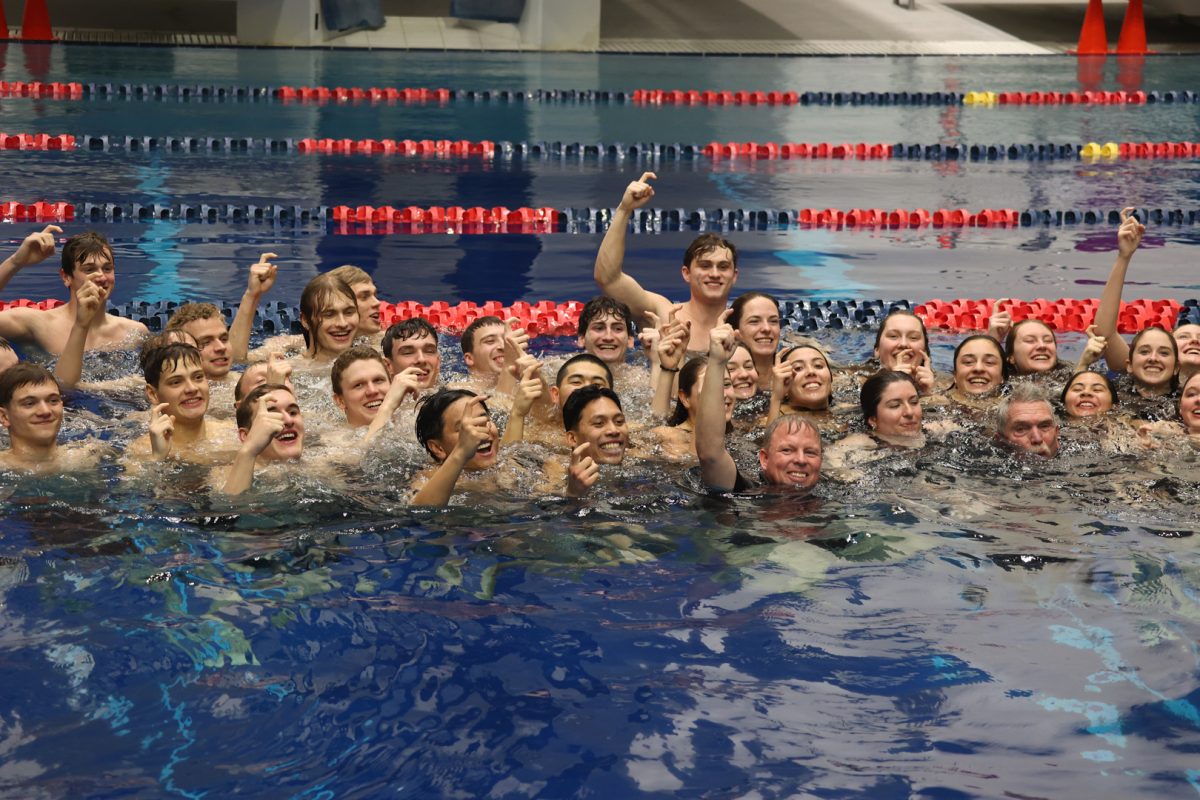


 Spokane?
Spokane?